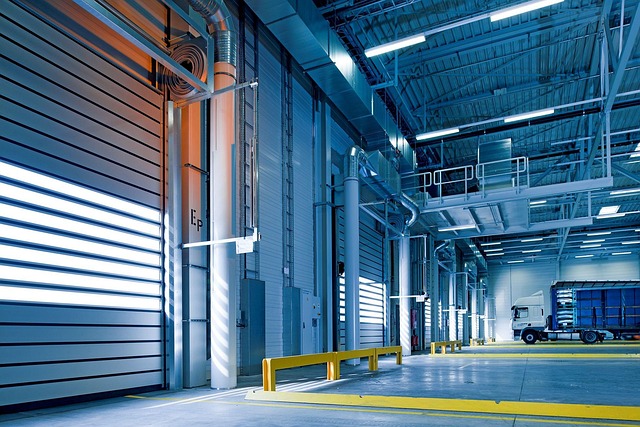There are several ways of categorising the storage and warehousing size of running a business. For most small companies, there is less reliance on holding stock of a particular line or part. With such quick order and supply systems in place throughout the major trading world, it is possible to order something today and have it delivered tomorrow or the day after, at the latest. However, when there are production activities, then ingredients and materials will be needed for the processes and some sort of formal storage to distribution operation. Here we have a quick glance at the different types of storage available.
There are public warehouses which are operated by third party owners that store goods for other companies and personal effects and household items for family use. The fees are very flexible for short terms needs.
Private warehouses are generally owned and operated by one company for their own goods and they do not share their facilities with any other company – this controls the operation from a security point of view.
There are co-operative warehouses too, which is a form of publics storage for businesses with similar needs share space and services. Once an operation grows out of existing storage options they can look at myriad warehousing ideas. Distribution centres which are geared to efficiently receiving, sorting and shipping goods to the end customer, and are not so geared up to long term storage. Fulfillment centres on the other hand are generally seen within the e-commerce side and offer the full service of goods in, storage, picking, packing and dispatch in one smooth operation.



